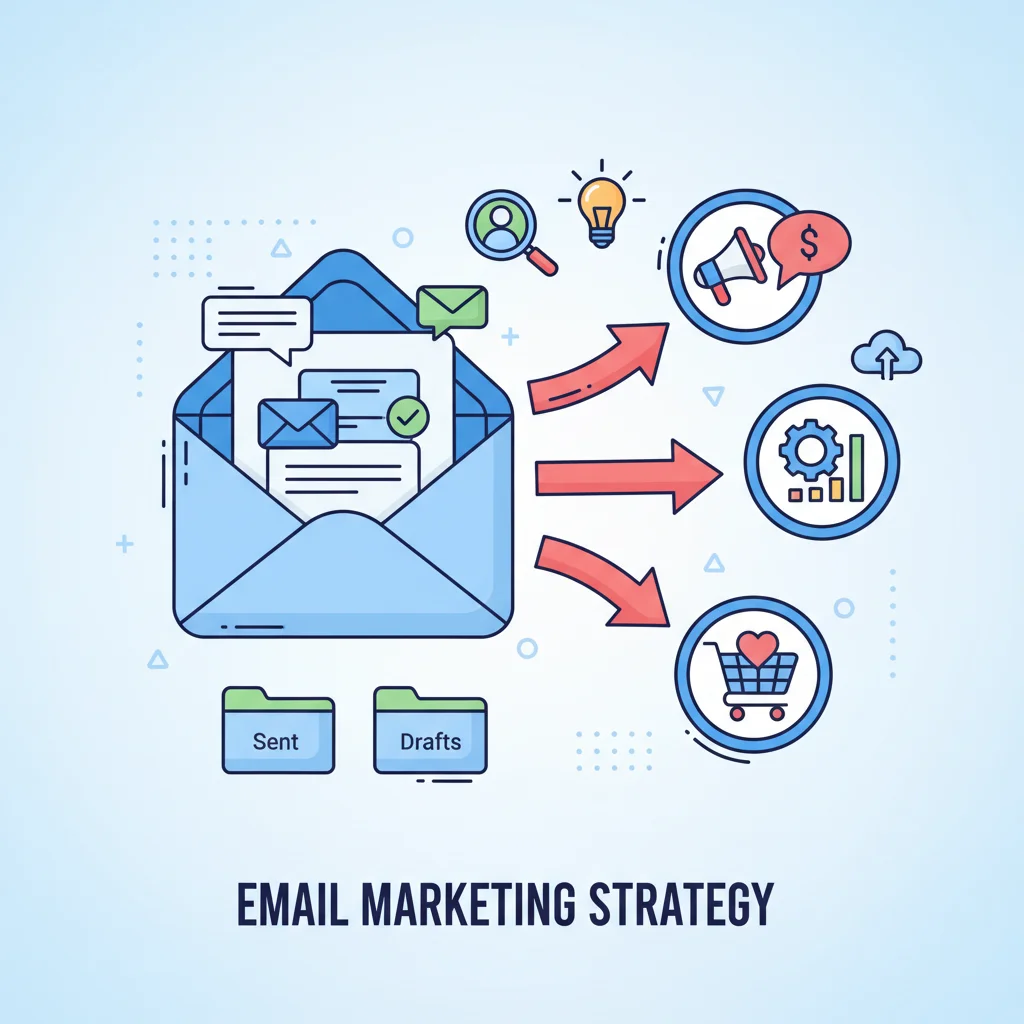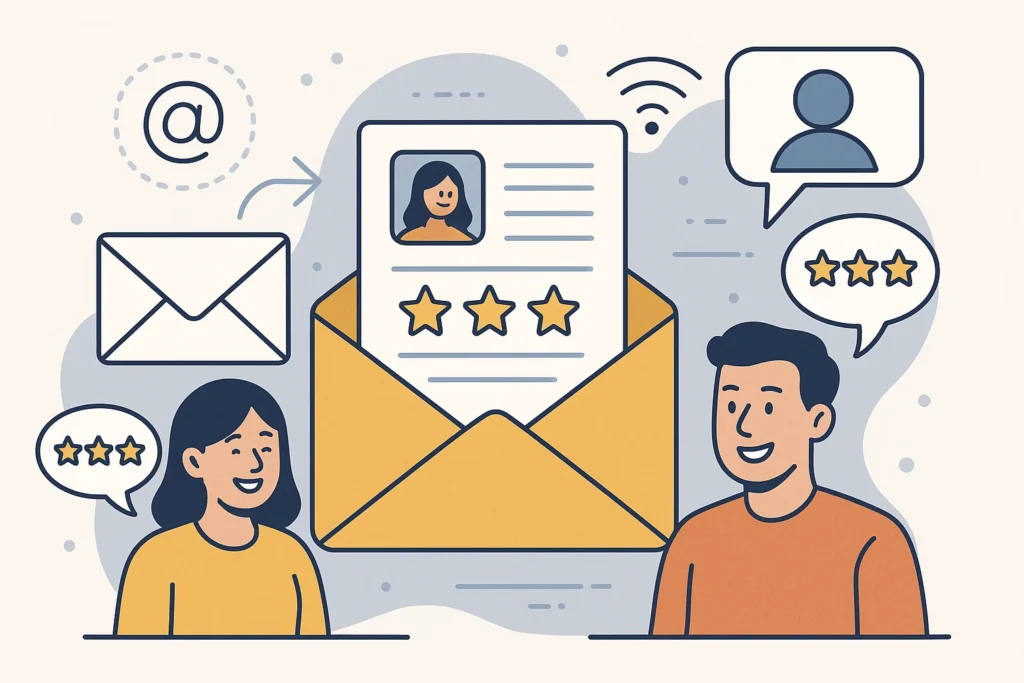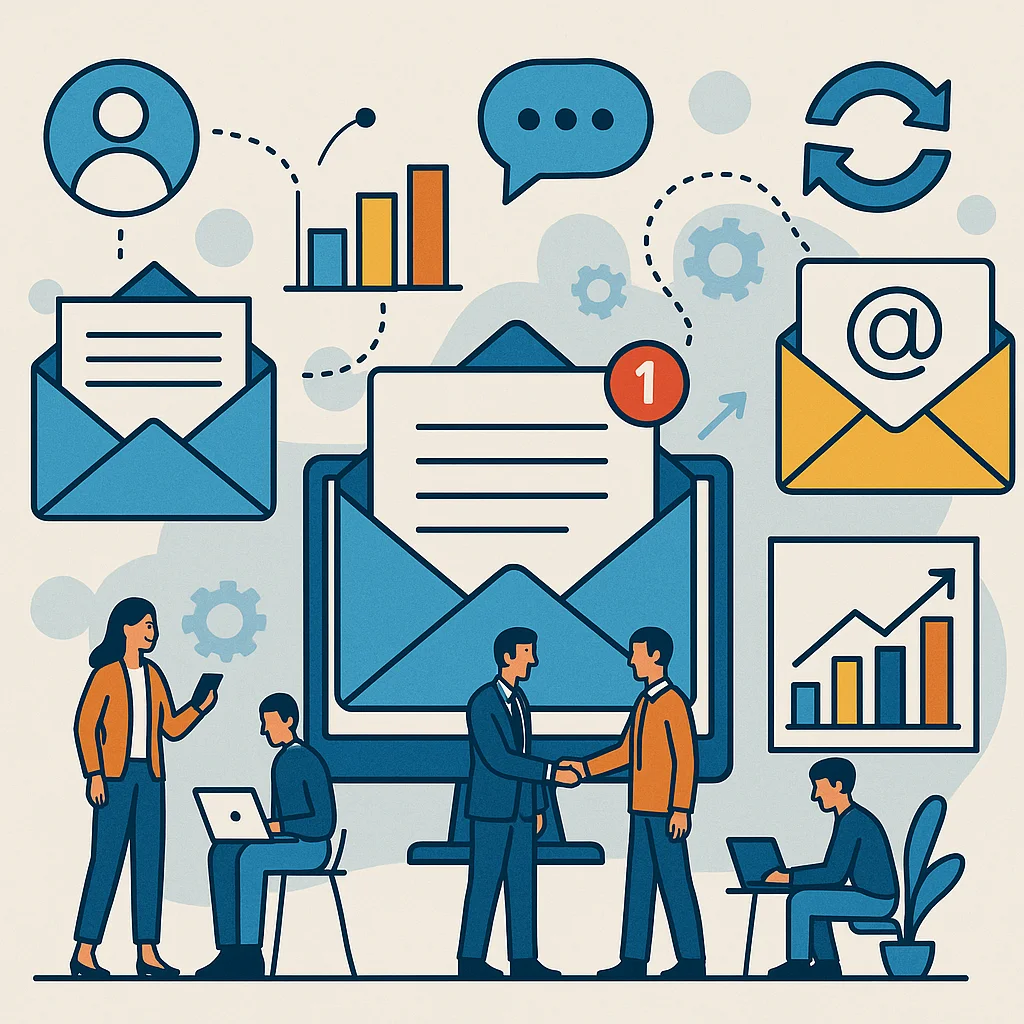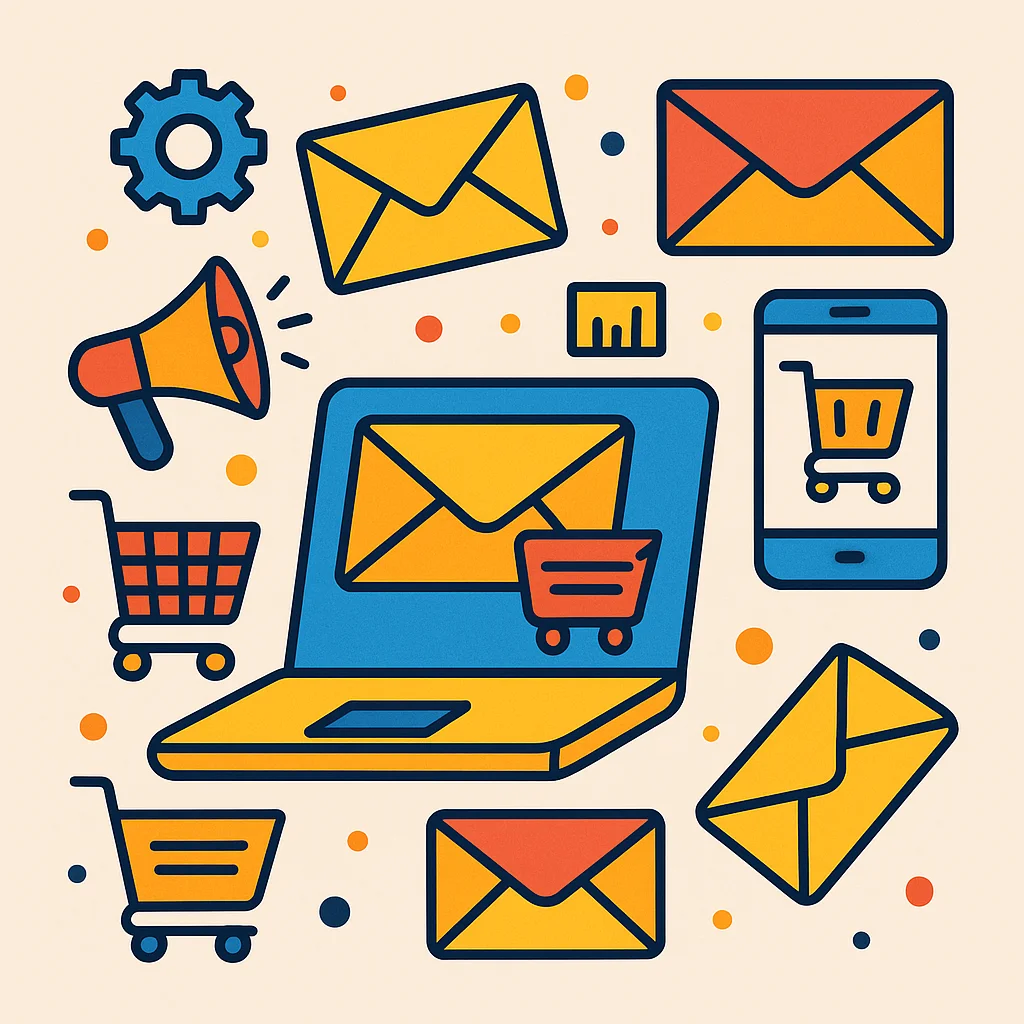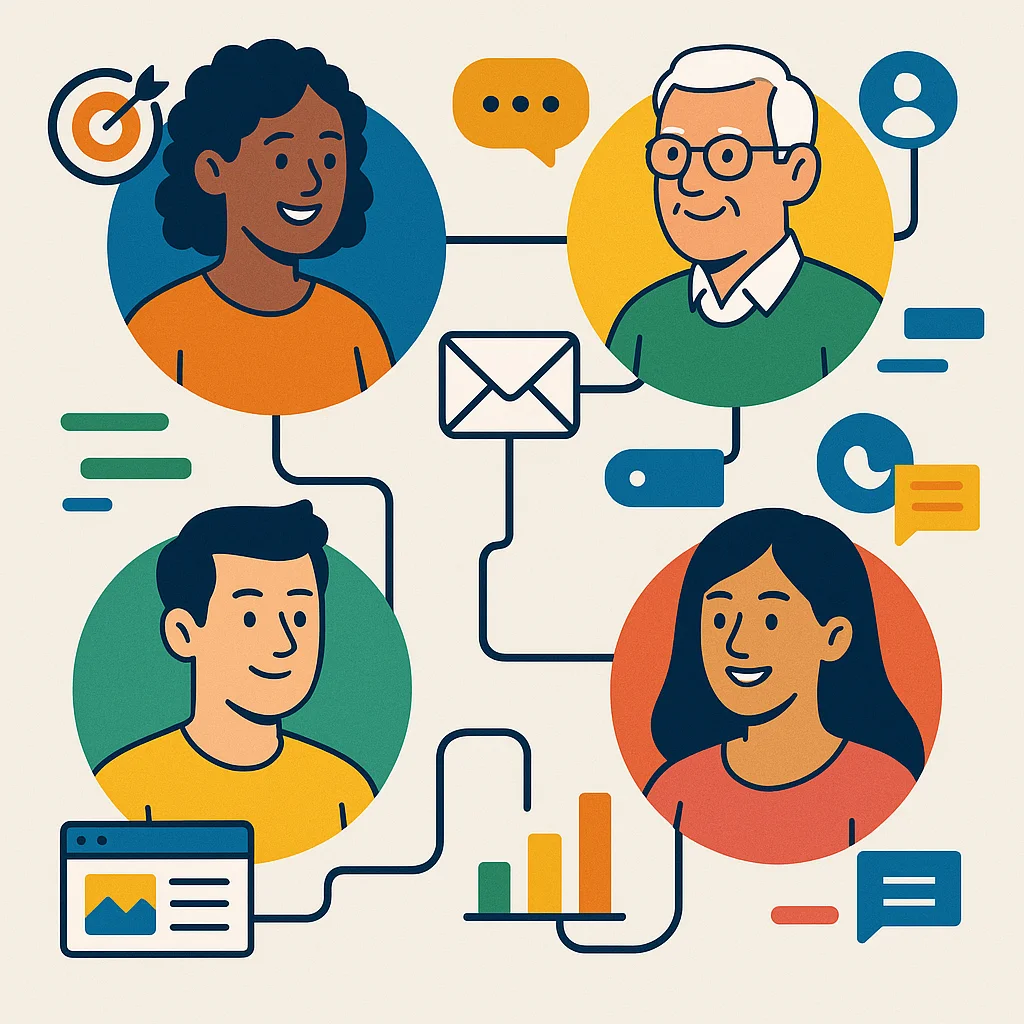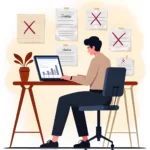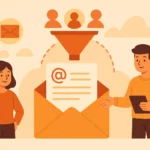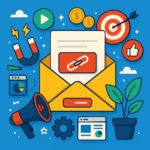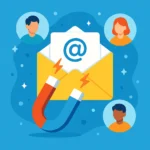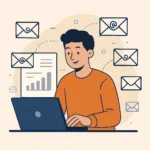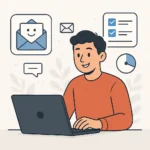Now Reading: Email Marketing For Customer Reactivation That Actually Works
-
01
Email Marketing For Customer Reactivation That Actually Works
Email Marketing For Customer Reactivation That Actually Works
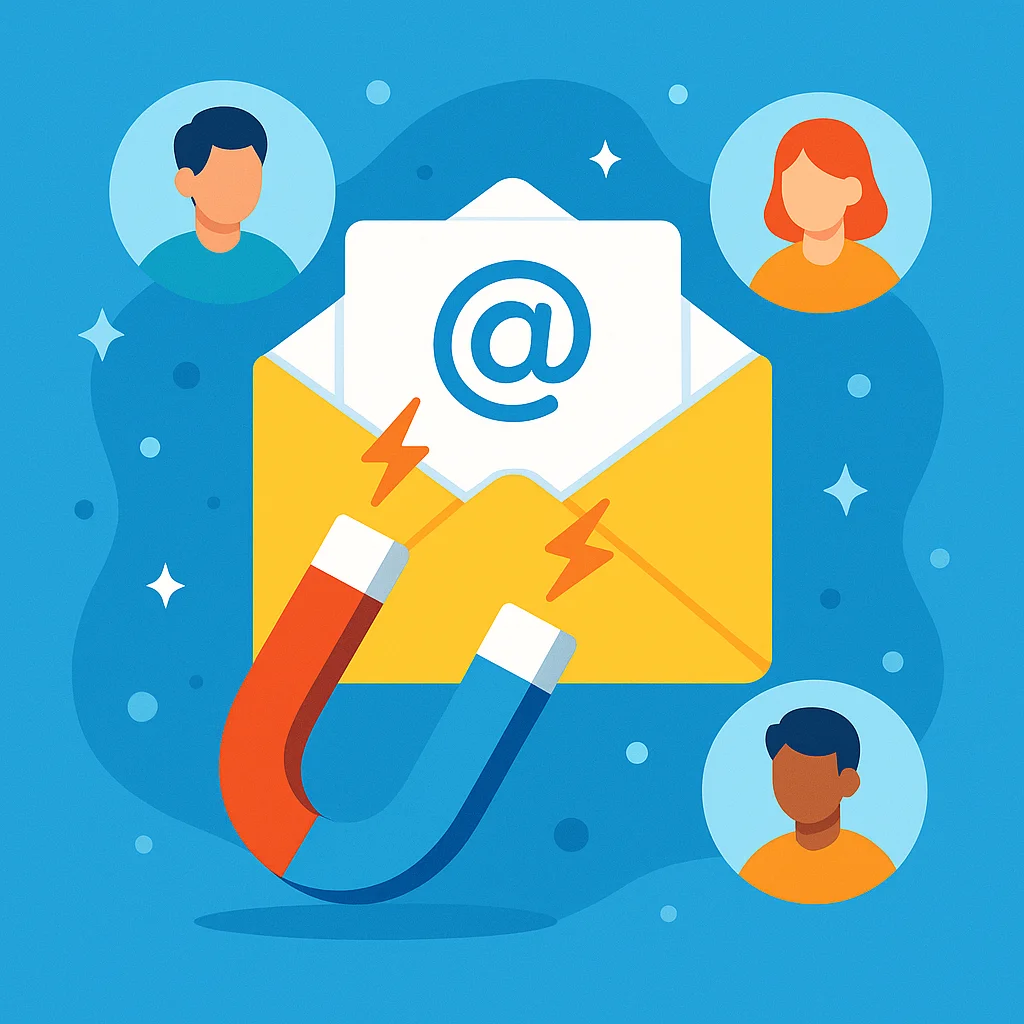
You’ve spent months building your email list, crafting perfect campaigns, and watching those open rates climb. Then suddenly – crickets. Your once-engaged subscribers have gone silent, and your carefully curated emails are landing in digital graveyards. Here’s the brutal truth: customer churn is expensive, and those dormant subscribers represent thousands of dollars in lost revenue sitting right under your nose. But here’s where email marketing for customer reactivation becomes your secret weapon to resurrect those relationships and turn ghost subscribers back into paying customers.
Key Takeaways
Email marketing for customer reactivation involves strategic campaigns designed to re-engage inactive subscribers and convert them back into active customers. Here’s what you need to know:
- Segment your inactive subscribers based on inactivity periods (1-3 months, 3-6 months, 6+ months) to create targeted campaigns
- Use compelling subject lines with phrases like “we miss you” (13% read rate) and “come back” (12.7% read rate)
- Personalize your emails with names and past purchase data – personalized emails see 29% higher open rates
- Offer strategic incentives like discounts, free shipping, or exclusive offers based on inactivity level
- Create multi-phase campaigns starting with gentle reminders, escalating to stronger incentives
- Include clear calls-to-action that guide subscribers toward specific next steps
- Test emotional appeals versus straightforward offers to see what resonates with your audience
- Clean your list regularly by removing subscribers who don’t respond after 3-5 reactivation attempts
How To Segment Your Inactive Subscribers
The foundation of successful email marketing for customer reactivation starts with smart segmentation. You can’t treat someone who hasn’t opened an email in 2 months the same as someone who’s been MIA for a year.
Here’s how I break down inactive subscribers:
Recent Inactives (1-3 Months)
These folks just need a gentle nudge. Maybe they got busy, switched jobs, or your emails got buried in their inbox. For this group, I use friendly reminder emails that highlight your value without being pushy.
Moderately Inactive (3-6 Months)
This segment needs more convincing. They’ve clearly lost interest, so you need to offer something compelling to grab their attention again. Limited-time discounts work well here.
Highly Inactive (6+ Months)
These subscribers require your strongest ammunition. Think free products, exclusive access, or significant discounts. If they don’t respond to these offers, it might be time to let them go.
Behavioral Segmentation
Don’t just look at time – consider their past behavior:
- Purchase history: What did they buy? When?
- Email engagement: Which emails did they open most?
- Website activity: Are they still browsing but not buying?
This data helps you craft hyper-targeted reactivation campaigns that speak directly to their interests.
Useful Articles:
Crafting Irresistible Subject Lines
Your subject line is your first (and sometimes only) chance to grab attention. Research shows that subject lines with “miss you” achieve 13% read rates, while “come back” subject lines hit 12.7%.
Personalization Works
Adding the recipient’s first name to subject lines increases open rates by 26%. But don’t stop there – reference their past purchases or behavior when possible.
Winning subject line examples:
Sarah, we miss you! 😭
Come back and take another look, Mike
Your 20% off is waiting for you
Are you ghosting us? Reactivate today
Long time no see, [firstname]Create Curiosity and Urgency
The best reactivation subject lines make people wonder what they’re missing:
You made Duo sad 😢
What made you go? We want to know!
Don't forget your discount
It's been a while...Test Different Approaches
Some audiences respond better to emotional appeals, others prefer straightforward offers. Test both:
Emotional: “We miss the ever-loving chocolate-coated waffle out of you”
Direct: “Here’s 20% Off Just for You!”
The Psychology Behind Effective Reactivation Emails
Understanding why people become inactive helps you craft better reactivation campaigns. Most subscribers don’t actively choose to ignore you – life just gets in the way.
Common Reasons for Inactivity
- Email overload: 75% of consumers feel overwhelmed by email volume
- Changed priorities: Their needs evolved since they first subscribed
- Poor timing: Your emails arrive when they’re not thinking about your product
- Lack of relevance: Content doesn’t match their current interests
Psychological Triggers That Work
FOMO (Fear of Missing Out)
Show them what they’ve missed while away. Highlight new features, popular content, or exclusive offers they couldn’t access.
Social Proof
“Since we last saw you, 10,234 designers started using our CMS” – this type of messaging creates urgency and validates your product’s value.
Nostalgia
Reference your shared history: “Remember when we first met to discuss your project?” This creates emotional connection and reminds them why they joined originally.
Reciprocity
Offer something valuable before asking for anything in return. This could be useful content, a free resource, or exclusive access.
Useful Articles:
Multi-Phase Reactivation Campaign Strategy
Don’t put all your eggs in one email basket. Multi-phase campaigns are significantly more effective than single attempts.
Phase 1: The Gentle Reminder (Day 1)
Start soft with a “we miss you” approach. No pressure, just a friendly check-in that reminds them of your value.
Subject: Hey [Name], it's been a while...
Hi [Name],
I noticed you haven't opened our emails lately, and I wanted to make sure everything's okay.
We've been sharing some pretty exciting stuff – new features, exclusive tips, and stories from customers just like you.
If you're still interested in [relevant topic], just click here to catch up on what you've missed.
No pressure though. Life gets busy, and I totally get it.
Talk soon,
[Your name]Phase 2: The Value Offer (Day 7)
If they didn’t respond to the gentle approach, it’s time to provide clear value. Share useful content, new features, or exclusive insights.
Subject: Here's what you missed while you were away
[Name],
Since you've been away, we've launched some pretty cool stuff:
* A new automation feature that saves 3 hours per week
* An exclusive guide to [relevant topic] (normally $49, free for you)
* Case studies showing 40% better results
Want to catch up? Everything's waiting for you inside your account.
[Access your account]
Cheers,
[Your name]Phase 3: The Incentive (Day 14)
Time to bring out the big guns. Offer a compelling discount or exclusive deal that’s hard to refuse.
Subject: 30% off just for you (expires tomorrow)
[Name],
I'm going to be straight with you – I miss having you as an active subscriber.
So here's what I'm going to do: I'm giving you 30% off anything in our store. No strings attached, no minimum purchase.
Use code COMEBACK30 at checkout.
This expires tomorrow at midnight, so don't wait too long.
[Shop now with 30% off]
Hope to see you soon,
[Your name]Phase 4: The Final Check-In (Day 21)
This is your last attempt. Be honest about the situation and give them an easy way to stay or go.
Subject: This is goodbye (unless...)
[Name],
This will be my last email to you.
I've tried reaching out a few times because I genuinely believe our content could help you [achieve specific goal].
But I respect that maybe it's not the right time, or maybe we're not the right fit.
If you want to give us one more shot, click here: [Stay subscribed]
If not, no hard feelings. You'll be automatically removed from our list.
Thanks for giving us a chance,
[Your name]Personalization That Actually Matters
Generic “Dear Valued Customer” emails are dead. Real personalization goes way beyond inserting someone’s name.
Data-Driven Personalization
Use what you know about each subscriber:
- Past purchases: “Since you loved , you might like…”
- Browsing behavior: “I noticed you were checking out [category]”
- Engagement patterns: “You always open our Tuesday emails, so…”
Dynamic Content Examples
Show different content based on subscriber data:
Subject: [Name], your personalized recommendations are here
Hi [Name],
Based on your purchase of [last product] in [month], I thought you'd love these:
[Product recommendation 1 - related to past purchase]
[Product recommendation 2 - related to browsing history]
[Product recommendation 3 - trending in their category]
Each one is 25% off this week with code WELCOME25.
[Shop your recommendations]
Happy shopping,
[Your name]Behavioral Triggers
Set up automated triggers based on specific actions:
- Visited pricing page but didn’t subscribe
- Downloaded a resource but didn’t engage further
- Abandoned cart multiple times
- Clicked links but didn’t convert
Useful Articles:
Incentives That Convert
Not all incentives are created equal. The key is matching the incentive strength to the inactivity level.
For Recent Inactives (1-3 months)
- Free shipping
- Early access to new products
- Exclusive content or resources
- Small discounts (10-15%)
For Moderate Inactives (3-6 months)
- Significant discounts (20-30%)
- Buy-one-get-one offers
- Free trials or samples
- Loyalty points bonus
For Highly Inactive (6+ months)
- Major discounts (40-50%)
- Free products
- Exclusive membership access
- Personal consultation calls
Incentive Examples That Work
Dollar amounts vs. percentages: Research shows specific dollar amounts often outperform percentage discounts in reactivation emails.
"Save $25 on your next order" vs. "25% off your next order"Limited-time offers: Create urgency with clear deadlines.
"This 48-hour flash sale ends Tuesday at midnight"Exclusive access: Make them feel special.
"VIP early access to our Black Friday sale (24 hours before everyone else)"Email Templates For Different Scenarios
The Browse Abandonment Reactivation
Subject: Still thinking about [product name]?
Hi [Name],
I saw you checking out [product name] on our site yesterday. Great choice – it's one of our bestsellers!
Since you seemed interested, I wanted to let you know it's currently 20% off with code SAVE20.
Plus, here's what other customers are saying about it:
"[Customer testimonial]" - Sarah M.
Ready to make it yours?
[Get [product name] with 20% off]
Questions? Just reply to this email.
[Your name]The “We Miss You” Emotional Appeal
Subject: We miss you 😭
Hey friend,
IT'S BEEN AWHILE.
And honestly? It hasn't been the same without you.
We've been creating some pretty amazing stuff lately – new features, exclusive guides, and insider tips that I know you'd love.
But more than that, we miss having you as part of our community.
Want to see what you've been missing?
[Catch up on everything new]
We'll miss the ever-loving [product/content] out of you if you don't come back.
[Your name]
P.S. If our emails aren't hitting the mark anymore, just reply and tell me what you'd rather see. I read every response.The Feedback Request
Subject: What made you go? We want to know!
Hey [Name],
It hasn't been the same, and what's missing is you.
You haven't been engaging with our emails lately, and we'd love to know how we can fix it.
Will you help us help you?
[Take our 2-minute survey]
As a thank you for your feedback, I'll send you a $10 gift card regardless of what you tell us.
Your honest opinion matters more than anything.
Thanks,
[Your name]The Final Goodbye
Subject: Did we mess up?
Hey [Name],
We noticed you no longer open our emails. Or visit our store. Or come see us 😔
We understand that life happens and things get in the way, so if you want to move on we won't stop you. (We will just quietly cry under a table)
In case you got busy and are now ready to jump back and receive future emails, let us know you still want to hear from us! Otherwise, this will be our last email.
[I am ready to reconnect]
No hard feelings either way.
[Your name]Advanced Reactivation Tactics
Gamification Elements
Add fun elements to make reactivation feel like a game:
Subject: Spin the wheel for your surprise discount!
[Name],
Welcome back! I've got something fun for you.
Spin our virtual wheel to reveal your exclusive discount – anywhere from 15% to 50% off!
[Spin the wheel now]
You've got 48 hours to use whatever discount you land on.
Ready to play?
[Your name]Social Proof Integration
Show them what they’re missing by highlighting community activity:
"While you were away, 2,847 customers discovered their new favorite product"
"Your fellow subscribers have been loving our new [feature/product]"
"Join 15,000+ people who've already upgraded their [relevant area]"Retargeting Integration
Combine email reactivation with retargeting ads for maximum impact. When someone receives your reactivation email, show them complementary ads on social media and Google.
Time-Based Triggers
Use anniversary dates and seasonal timing to make reactivation feel natural:
"Happy 1-year anniversary! Here's how far we've come together..."
"Spring cleaning sale – perfect time to refresh your [product category]"
"It's been exactly 6 months since your last order. Miss us?"List Hygiene and When to Let Go
Not every subscriber can be saved, and that’s okay. Clean lists perform better than bloated ones filled with inactive contacts.
The 3-5 Email Rule
If someone doesn’t respond to 3-5 well-crafted reactivation emails over 2-3 weeks, it’s time to say goodbye. Keeping them hurts your:
- Deliverability rates
- Engagement metrics
- Sender reputation
The Sunset Email
Send one final email before removing them:
Subject: This is our final goodbye
[Name],
After several attempts to reconnect, I'm going to respect your silence and remove you from our email list.
If this is a mistake and you'd like to stay, click here: [Keep me subscribed]
Otherwise, you'll be automatically removed in 7 days.
Thanks for the time we had together.
[Your name]Suppression Lists
Don’t just delete unresponsive contacts – add them to a suppression list to prevent accidentally re-adding them later.
Automation and Scaling
Setting Up Reactivation Workflows
Use email marketing platforms to automate your reactivation sequences:
- Trigger: No email opens in 30 days
- Wait: 7 days
- Send: Gentle reminder email
- Wait: 7 days
- Send: Value-focused email
- Wait: 7 days
- Send: Incentive email
- Wait: 7 days
- Send: Final goodbye email
Platform-Specific Tips
Different platforms handle automation differently:
- Mailchimp: Use their Customer Journey builder
- Klaviyo: Set up flow triggers based on engagement
- ConvertKit: Create sequences with conditional logic
- HubSpot: Use workflow automation with lead scoring
Scaling Considerations
As your list grows, segment more granularly:
- Industry (for B2B)
- Purchase history
- Geographic location
- Engagement preferences
- Customer lifetime value
Email marketing for customer reactivation isn’t just about sending “please come back” messages – it’s about understanding your audience, providing genuine value, and respecting their choices. When done right, these campaigns can resurrect dormant relationships and turn forgotten subscribers into your most loyal customers.


